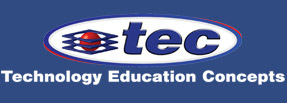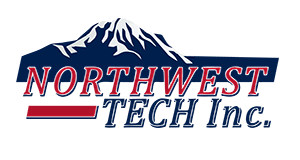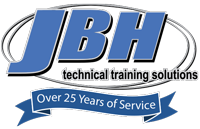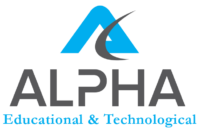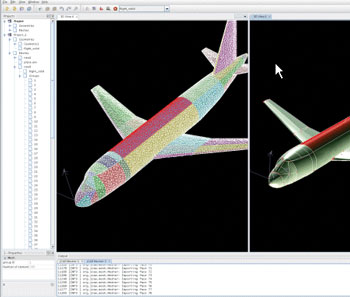
Rapid prototyping technologies are revolutionizing the fields of manufacturing and engineering. Intelitek’s Rapid Prototyping Program includes robust curriculum covering this exciting and evolving field.
This course engages students by means of hands-on activities and compelling online curriculum that includes:
a comprehensive overview of the history of rapid prototyping, current and emerging technologies and career choices in the field.
multi-level activities including creating prototypes from specifications using various rapid technologies.
a capstone project that challenges students to create a prototype using the technology of their choice, assemble and test the prototype and report the results of the project.
Rapid Prototyping is an excellent add-on to Engineering and CAD programs.
1.1 (Core): Introduction to Prototyping
1.1.1: What is Prototyping?
1.1.2: Types of Prototypes
1.1.3: Prototypes and the Engineering Cycle
1.1.4: Prototypes and Concurrent Engineering
1.1.5: Time to Market
1.2 (Core): Rapid Prototyping Technologies
1.2.1: Uses for Rapid Prototyping
1.2.2: The History of Rapid Prototyping
1.2.3: Additive and Subtractive Processes
1.2.4: The Future of Rapid Prototyping
1.3 (Activity): Rapid Prototyping in Industry
1.3.1: Careers in Rapid Prototyping
1.3.2: Rapid Prototyping Industry Report
1.4 (Core): Proof of Principle Prototypes
1.4.1: Prototyping Materials
1.4.2: Prototyping Kits
1.4.3: Fit, Form, and Function
1.5 (Activity): Creating Simple Prototypes
1.5.1F: Fundamental Activity: Four-bar Linkage
1.5.1A: Advanced Activity: Six-bar Rocker Linkage
1.6 (Core): Additive Processes
1.6.1: Stereolithography (SLA)
1.6.2: Selective Laser Sintering (SLS)
1.6.3: Laser Powder Forming (LPF)
1.6.4: Laminated Object Manufacturing (LOM)
1.6.5: Fused Deposition Modeling (FDM)
1.6.6: Solid Ground Curing (SGC)
1.6.7: 3D Ink Jet Printing
1.6.8: Shape Deposition Manufacturing (SDM)
1.7 (Activity): Advanced Additive Prototyping
1.7.1F: Fundamental Activity: Scissors Mechanism
1.7.1A: Advanced Activity: Scissors Mechanism
1.8 (Core): Subtractive Processes
1.8.1: CAD/CAM/CNC
1.8.2: Milling
1.8.3: Turning
1.8.4: Advanced Machining
1.8.5: Materials
1.8.6: Applications
1.8.7: Advantages and Disadvantages
1.9 (Activity): Advanced Subtractive Prototyping
1.9.1F: Fundamental Activity
1.9.1A: Advanced Activity: Machining a Part
1.10 (Core): Selecting A Rapid Prototyping Process
1.10.1: Key Benefits of Rapid Processes
1.10.2: Prototyped Products
1.11 (Project): Creating a Solution
1.11.1F: Fundamental Project
1.11.1A: Advanced Project




